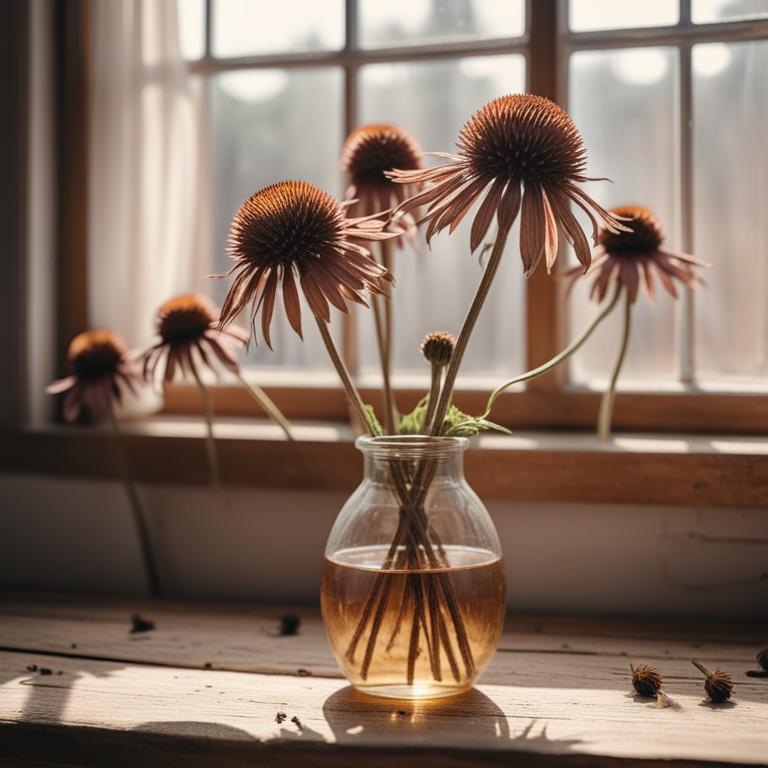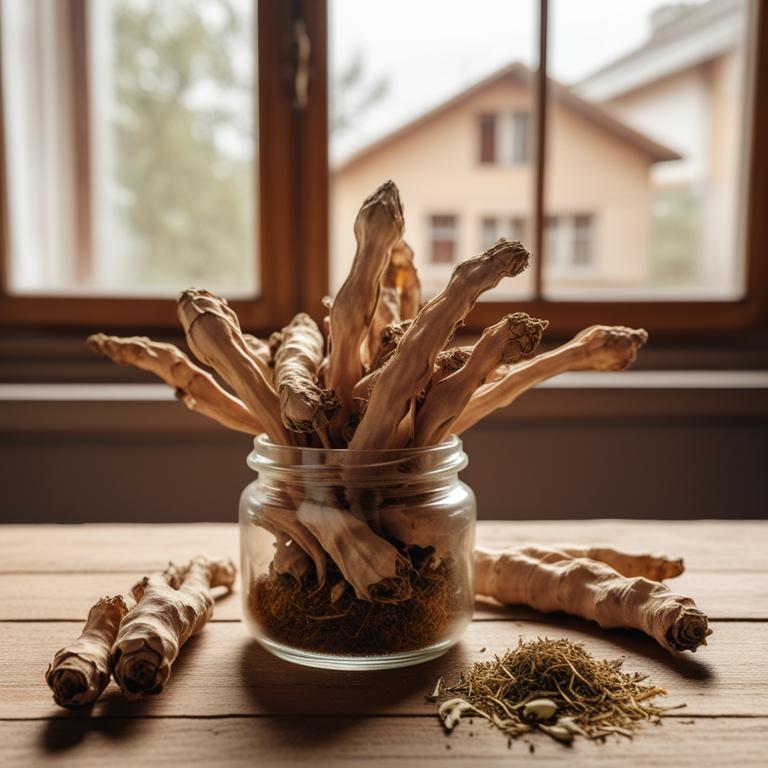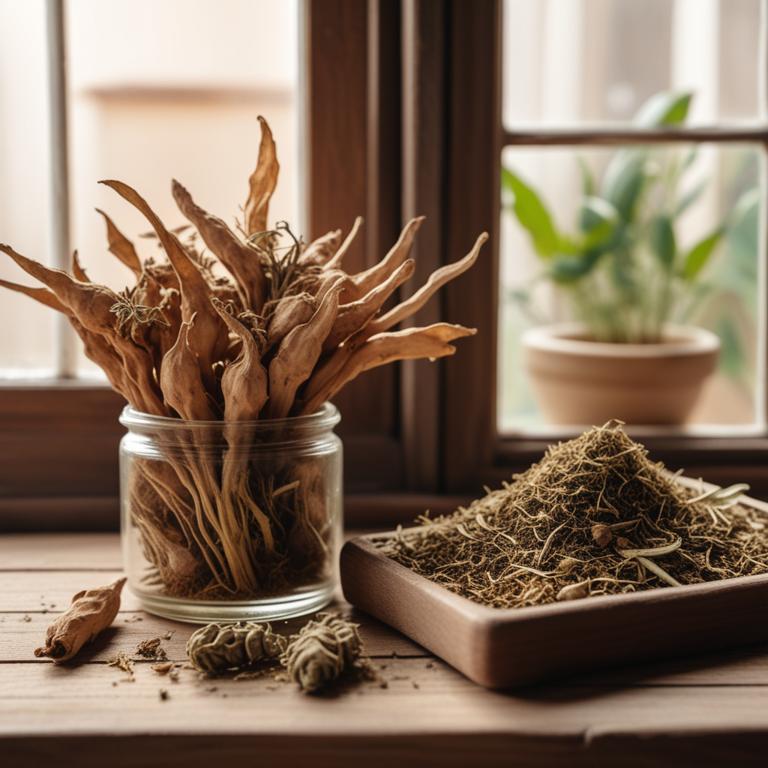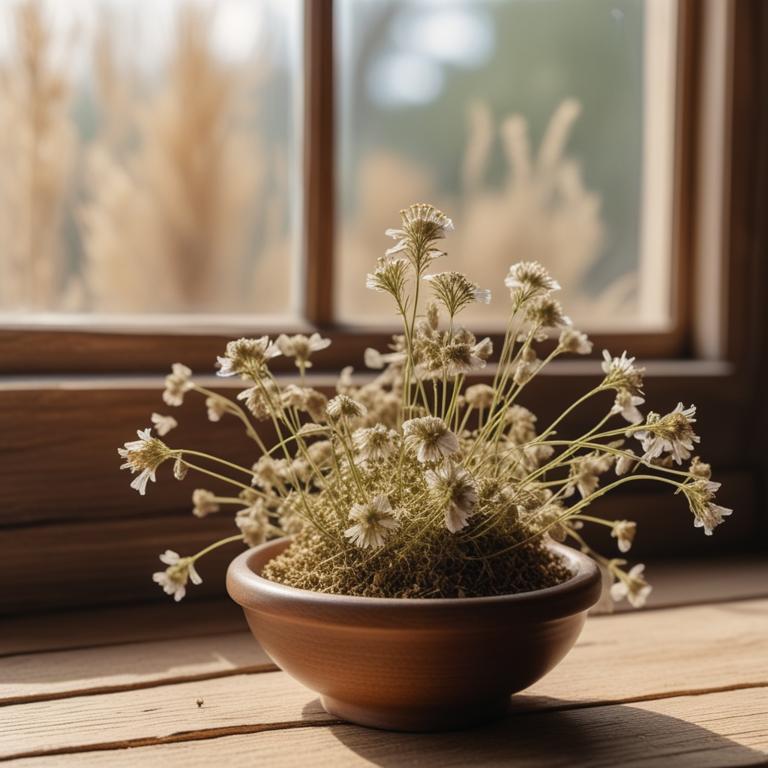Updated: Nov 30, 2024
8 Herbal Creams For Allergies

Herbal creams can be a great way to relieve allergy symptoms.
These creams often contain herbs like Echinacea purpurea, which is known for its ability to boost the immune system and reduce inflammation. Echinacea helps your body fight off the allergens that cause problems, so you can breathe easier and feel more comfortable. Another herb commonly used in allergy creams is Eucalyptus globulus. This herb has natural decongestant properties, which can help clear out your airways and make it easier to breathe. Eucalyptus globulus also has anti-inflammatory properties, which can help reduce swelling and itching. Calendula officinalis is another herb that can be found in allergy creams. This herb has anti-inflammatory and soothing properties, which can help calm down itchy skin and reduce redness. Calendula officinalis can also help to protect your skin from allergens, making it less sensitive to triggers.
Using herbal creams for allergies can have several benefits. For one, they can be a natural alternative to over-the-counter medications, which can have harsh side effects. Herbal creams can also be more targeted, so they only treat the affected areas. Additionally, these creams can be used in combination with other natural remedies, such as herbal teas, to create a comprehensive treatment plan. Some herbal teas, like those made from Echinacea purpurea, can also help to relieve allergy symptoms. Drinking Echinacea tea can help boost your immune system and reduce inflammation, making it easier to fight off allergens. Herbal creams and teas can be a valuable addition to your allergy treatment plan. They can help you breathe easier, feel more comfortable, and reduce your reliance on medication.
By incorporating these natural remedies into your routine, you can take control of your allergies and improve your overall quality of life.
This article explains in detail what are the best herbal teas for allergies and wh.
Also, you may be interested in...
Today Free Bonus!
The Ultimate Herb Drying Checklist
(For Long-Lasting Powerful Medicinal Effect)
How to easily dry herbs that don't mold and that keep their strong medicinal power for more than 1 year.
Table of Contents
1. Echinacea purpurea
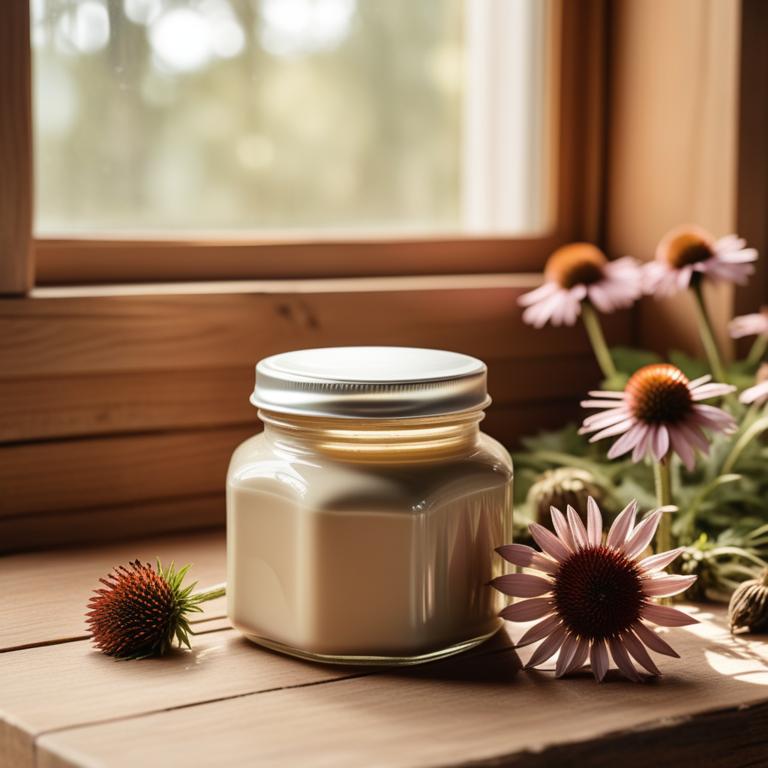
Echinacea purpurea creams contains alkaloids, glycosides, and phenolic acids as its main bioactive constituents.
These compounds have anti-inflammatory and antioxidant properties that help reduce swelling and fight free radicals in the body. The plant's flavonoids and phenolic acids can also modulate the immune system, which is often overactive in people with allergies. By reducing inflammation and regulating the immune response, Echinacea purpurea creams may provide relief from allergic symptoms such as itching, redness, and swelling.
The plant's active compounds work together to create a soothing and protective barrier on the skin, helping to alleviate allergy-related discomfort.
- Gather 1 cup of dried Echinacea purpurea flowers and 1 cup of carrier oil like coconut or olive oil.
- Combine the dried flowers and carrier oil in a saucepan. Heat the mixture over low heat (150°F to 180°F) for 2-3 hours.
- Strain the mixture through a cheesecloth or a fine-mesh sieve into a bowl. Discard the solids.
- Add 2 tablespoons of beeswax and 2 tablespoons of vitamin E oil to the oil mixture. Heat the mixture over low heat, stirring constantly, until the beeswax is melted.
- Pour the mixture into small containers. Let it cool and solidify. Use the creams as needed for allergies.
2. Eucalyptus globulus
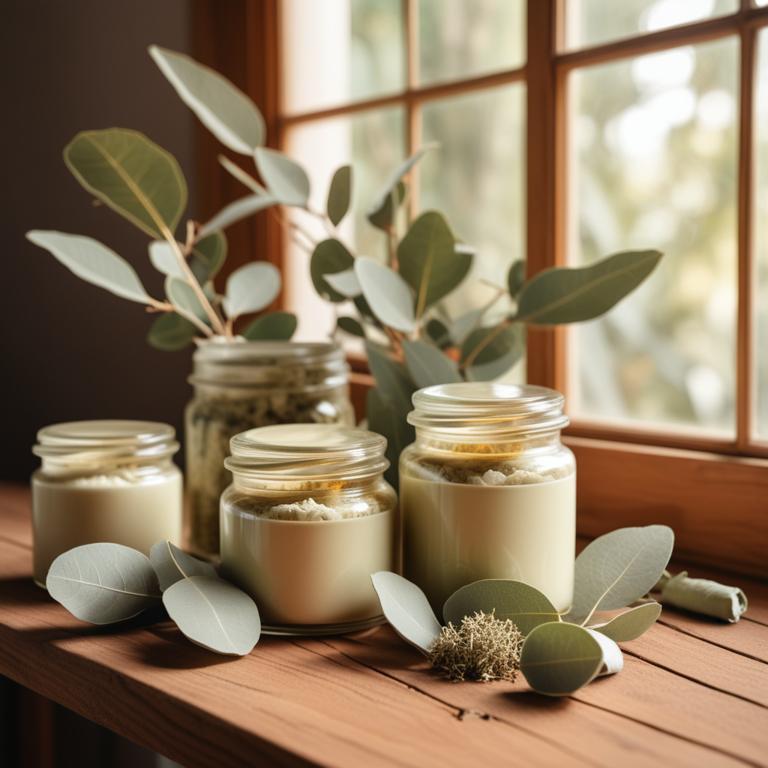
Eucalyptus globulus creams contains bioactive constituents like eucalyptol and alpha-pinene, which are known for their anti-inflammatory and decongestant properties.
These compounds help to reduce swelling and congestion in the nasal passages, making it easier to breathe. The menthol and camphor in eucalyptus globulus creams also provide a cooling sensation that helps to clear mucus and open airways. The anti-inflammatory properties of eucalyptol and alpha-pinene also help to reduce redness and itching associated with allergic reactions.
By reducing inflammation and congestion, eucalyptus globulus creams can provide relief from allergy symptoms like congestion, sneezing, and runny nose.
- Gather 1 cup of distilled water and 1/4 cup of beeswax in a double boiler.
- Add 2 tablespoons of coconut oil and 2 tablespoons of shea butter to the double boiler.
- Add 10 drops of Eucalyptus globulus essential oil to the mixture and stir well.
- Heat the mixture until the beeswax melts, then remove from heat and let cool slightly.
- Pour the mixture into a container and let it cool completely before using as a cream for allergy relief.
3. Calendula officinalis

Calendula officinalis creams contains triterpenoid saponins, flavonoids, and carotenoids, which work together to reduce inflammation and soothe irritated skin.
The anti-inflammatory properties of these compounds help to calm the skin and reduce the symptoms of allergic reactions. The flavonoids in Calendula officinalis creams also have antioxidant properties, which help to protect the skin from damage caused by free radicals. By reducing inflammation and protecting the skin, Calendula officinalis creams can help to alleviate the symptoms of allergies such as redness, itching, and swelling.
This can help to provide relief and comfort to individuals experiencing allergic reactions.
- Gather 1 cup of Calendula officinalis flowers, 1/2 cup of coconut oil, and 1/4 cup of beeswax.
- Infuse the Calendula flowers in 1 cup of coconut oil for 2 weeks, shaking the mixture daily.
- Strain the mixture and discard the flowers. Add 1 tablespoon of vitamin E oil and 1 teaspoon of lavender oil.
- Melt the beeswax in a double boiler, then slowly add the infused oil mixture, stirring constantly.
- Pour the mixture into a container and let it cool and solidify. Your Calendula cream is now ready to use.
4. Aloe barbadensis

Aloe barbadensis creams contains aloin and aloe-emodin, which are its active constituents.
These compounds have anti-inflammatory properties, which help to soothe and calm the skin, reducing irritation and redness associated with allergies. Aloe-emodin also has antioxidant properties, which help to protect the skin from damage caused by free radicals, a common contributor to allergic reactions. Aloin's antibacterial properties help to prevent infection and promote healing, further reducing the severity of allergic symptoms.
The gel's moisturizing properties also help to lock in moisture and soothe dry, itchy skin, providing relief from allergic reactions.
- Gather ingredients: 1 cup distilled water, 1/2 cup aloe vera gel, 2 tablespoons beeswax, 2 tablespoons coconut oil, 2 tablespoons shea butter, 1 teaspoon vitamin E oil.
- Melt beeswax and coconut oil in a double boiler or a microwave-safe bowl in 10-second increments, stirring between each interval, until melted.
- In a separate bowl, mix aloe vera gel, shea butter, and vitamin E oil until well combined.
- Slowly add the melted beeswax mixture to the aloe vera mixture, stirring constantly until smooth.
- Pour the mixture into a container, let it cool and solidify, then apply as needed to soothe allergy skin.
5. Zingiber officinale

Zingiber officinale creams contains active constituents like gingerols and shogaols, which have anti-inflammatory properties.
These compounds help reduce swelling and ease congestion in the nasal passages, making it easier to breathe. The creams also contain antioxidants like gingerol and paradol, which help neutralize free radicals and reduce histamine release. This helps to alleviate symptoms of allergies, such as itching, sneezing, and runny nose.
Regular use of Zingiber officinale creams may provide relief from allergy symptoms by reducing inflammation and promoting healthy skin.
- Gather 1 cup of distilled water, 2 tablespoons of grated ginger root, 2 tablespoons of beeswax, 2 tablespoons of coconut oil, and 2 tablespoons of shea butter.
- Combine distilled water and grated ginger root in a saucepan. Heat on low until the ginger is soft and fragrant.
- In a separate bowl, mix coconut oil, shea butter, and beeswax. Melt the mixture in a double boiler or in a microwave-safe bowl in 30-second increments.
- Combine the ginger mixture and the melted oil mixture in a blender or food processor. Blend until smooth and creamy.
- Pour the mixture into a container and let it cool and solidify. Use as needed to soothe allergy symptoms.
6. Melaleuca alternifolia

Melaleuca alternifolia creams contains a compound called cineole, which is a natural anti-inflammatory agent.
This helps to reduce swelling and redness associated with allergic reactions. The cream also contains terpinen-4-ol, a compound that has antimicrobial properties, which can help to prevent infections that can worsen allergies. Additionally, the cream's high levels of linalool and alpha-terpineol help to soothe and calm the skin, reducing the discomfort and itching associated with allergies.
By reducing inflammation and preventing infections, Melaleuca alternifolia creams can provide relief from allergic reactions.
- Gather ingredients: 1 cup of distilled water, 2 tablespoons of beeswax, 2 tablespoons of coconut oil, 2 tablespoons of shea butter, 2 teaspoons of Melaleuca alternifolia essential oil.
- Melt beeswax, coconut oil, and shea butter in a double boiler or a heat-proof bowl set over a pot of simmering water.
- Once melted, remove from heat and let cool for 5 minutes. Stir in the distilled water and Melaleuca alternifolia essential oil.
- Pour the mixture into a clean, sterilized container and let it cool and solidify at room temperature.
- Once solid, use a spoon or spatula to smooth out the top and your Melaleuca alternifolia cream is ready to use for allergies.
7. Ginkgo biloba

Ginkgo biloba creams contains flavonoids and terpenoids as its active constituents.
These compounds help to reduce inflammation and improve blood flow to the skin, which can ease allergy symptoms. The flavonoids in Ginkgo biloba creams, such as quercetin and kaempferol, have antioxidant properties that protect the skin from damage caused by free radicals. The terpenoids, including bilobalide and ginkgolides, have anti-inflammatory properties that can help to reduce swelling and itching associated with allergies.
By applying Ginkgo biloba creams to the skin, it can help to alleviate symptoms of allergies, such as redness and itchiness.
- Mix 1 cup of coconut oil, 1/2 cup of beeswax, and 1/4 cup of shea butter in a double boiler.
- Heat the mixture until the beeswax and shea butter melt.
- Add 2 tablespoons of Ginkgo biloba extract and 2 tablespoons of vitamin E oil to the mixture.
- Stir well and remove from heat. Let cool until the mixture reaches 120°F.
- Pour the mixture into a container and let cool completely. Your Ginkgo biloba cream is now ready to use.
8. Lavandula angustifolia

Lavandula angustifolia creams contains active constituents like linalool and linalyl acetate, which are responsible for its anti-inflammatory and antihistamine properties.
These properties help to reduce inflammation and swelling in the body, making it easier to breathe for people with respiratory allergies. The antihistamine properties also block the action of histamine, a chemical released during an allergic reaction, which helps to alleviate symptoms such as itching, redness, and congestion. Additionally, the calming and soothing effects of linalool can help to reduce stress and anxiety, which can exacerbate allergy symptoms.
By reducing inflammation and histamine release, and promoting relaxation, Lavandula angustifolia creams can provide relief from allergy symptoms.
- Gather 1 cup of coconut oil, 1/2 cup of beeswax, 2 tablespoons of shea butter, and 20 drops of Lavandula angustifolia essential oil.
- Melt the coconut oil and beeswax in a double boiler over low heat, stirring occasionally.
- Add the shea butter and stir until melted and smooth.
- Remove from heat and let cool slightly. Add the Lavandula angustifolia essential oil and stir well.
- Pour the mixture into small containers and let cool completely before use.
FAQ
Can drinking herbal tea prevent allergies from forming?
Drinking herbal tea may help reduce allergy symptoms, but it's unlikely to prevent allergies from forming.
Some herbal teas, like peppermint and chamomile, have anti-inflammatory properties that can calm allergic reactions.
However, allergies are usually caused by a person's immune system reacting to specific substances, and herbal tea isn't a solution for this.
Is it safe to consume herbal teas for allergies every day?
Herbal teas for allergies can be a good option, but it's essential to be cautious when consuming them daily.
Some herbal teas might interact with other medications or worsen certain conditions. It's also possible to overdo it on certain herbs, so moderation is key.
Be aware of how your body reacts and adjust your intake accordingly.
How long does it take for herbal teas to show results in allergies?
Herbal teas can help with allergy symptoms, but it takes some time to notice results.
You might start feeling better within a few days to a week after drinking them regularly. Some people notice improvements in their congestion and sneezing within a week, while others may take longer.
It's different for everyone.
What time of day is best to drink herbal tea for allergies?
Drinking herbal tea for allergies is best in the morning.
This allows its soothing properties to work throughout the day, helping to relieve congestion and itching.
It can also aid in reducing inflammation and opening up airways, making it easier to breathe.
Related Articles
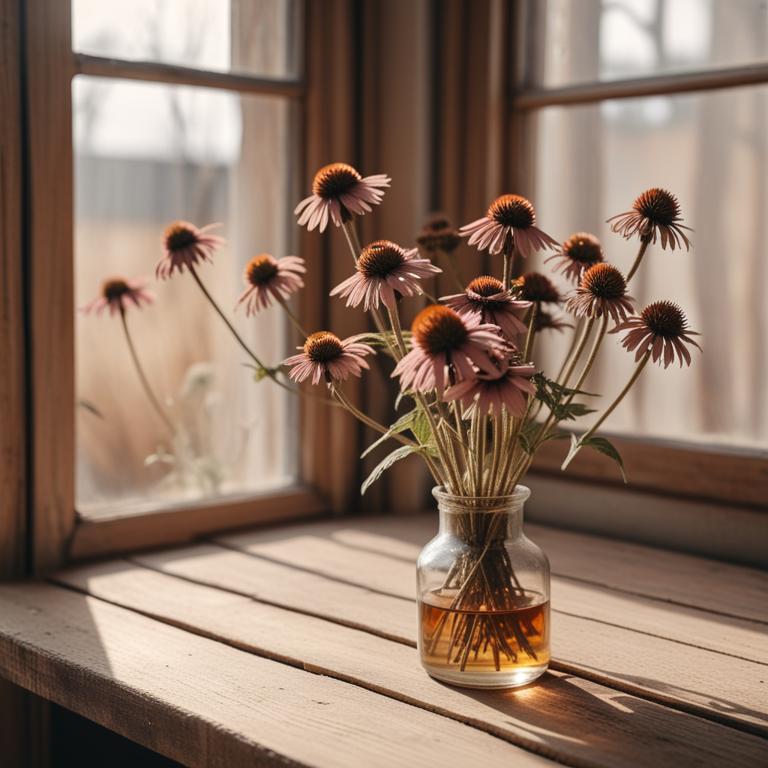
The Science and Treatment of Fever with Medicinal Herbs
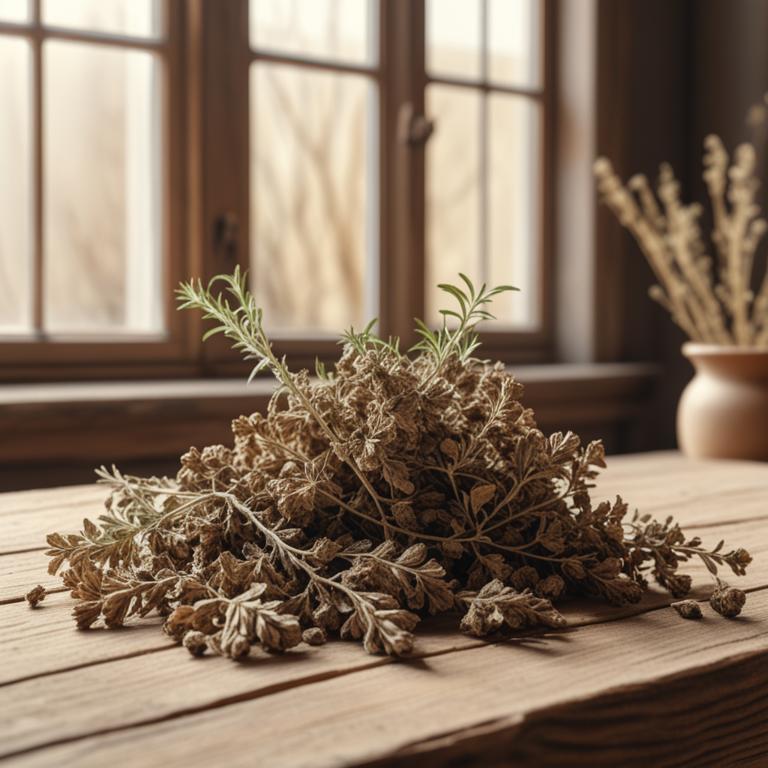
Strep Throat: Causes, Herbal Remedies for Sore Throat, and Medicinal Herbs
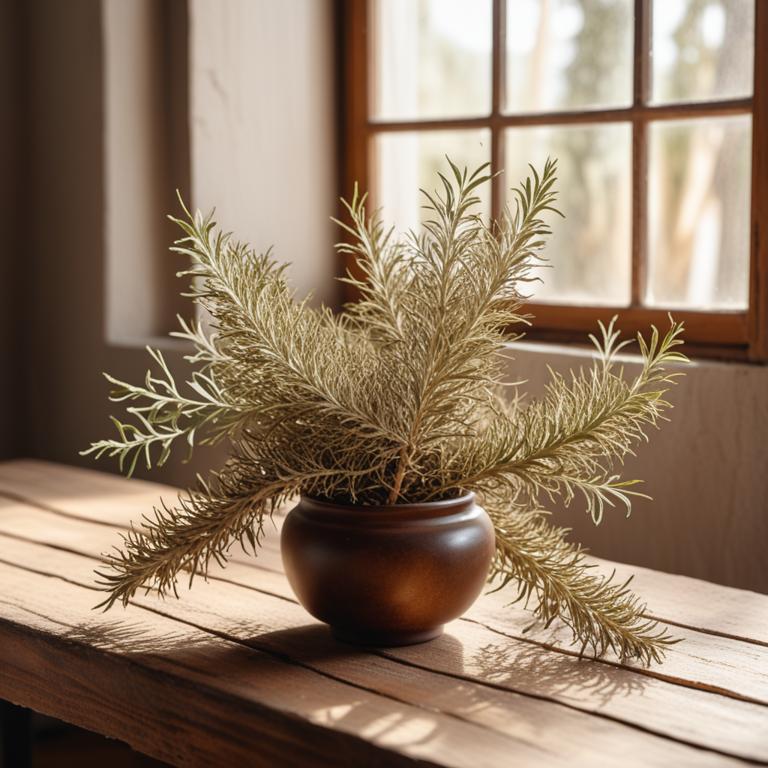
Inflamed Gums: A Guide to Causes, Medicinal Herbs, and Remedies
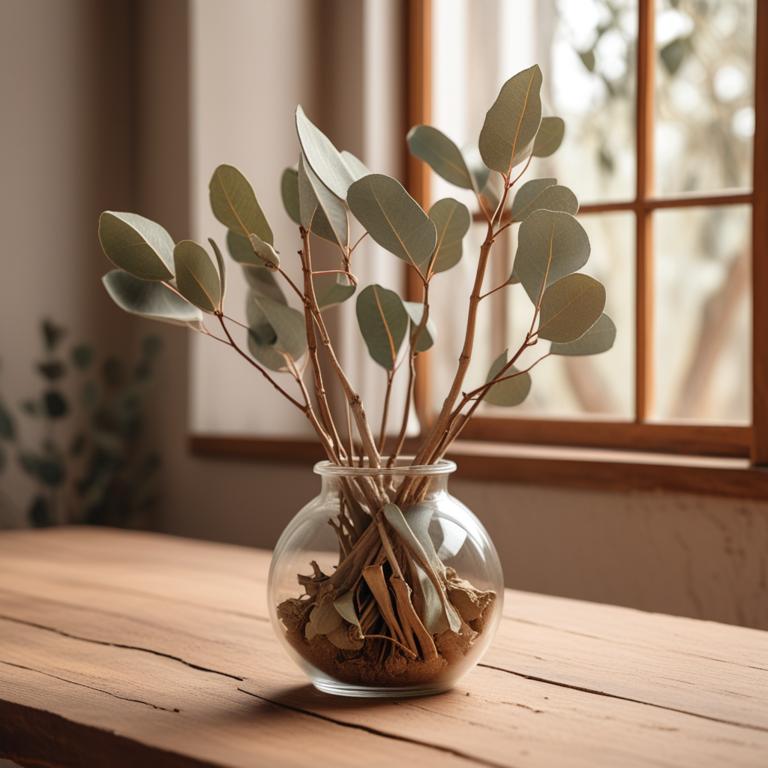
The Flu: A Guide to Causes, Medicinal Herbs, and Herbal Preparations
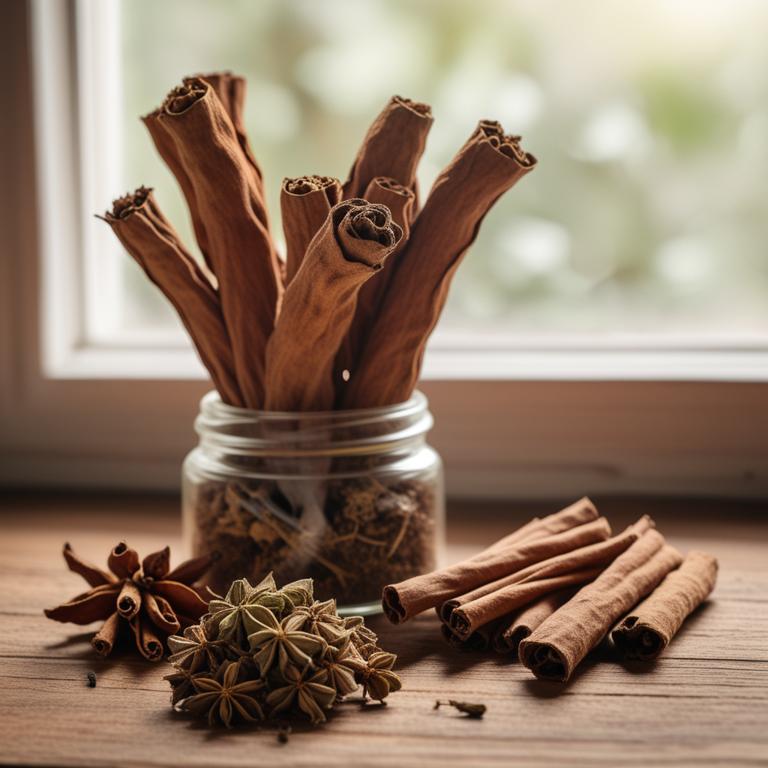
Enlarged Spleen and Herbal Medicine: Understanding the Connections
